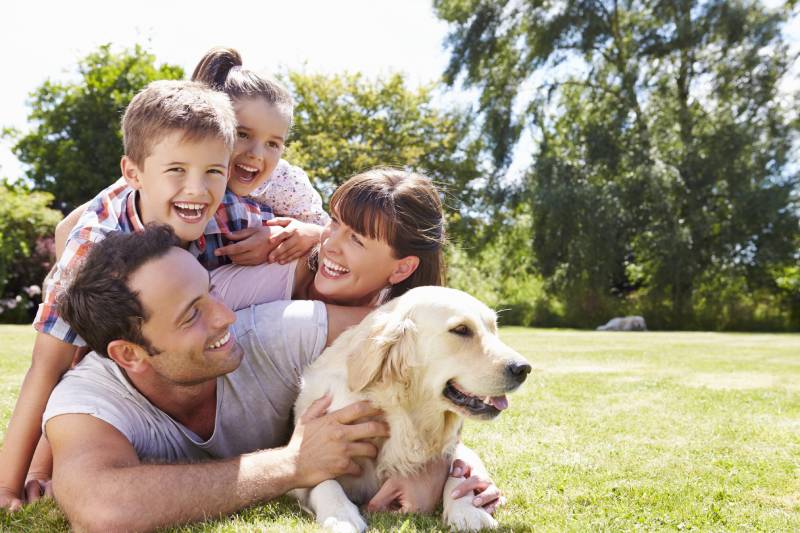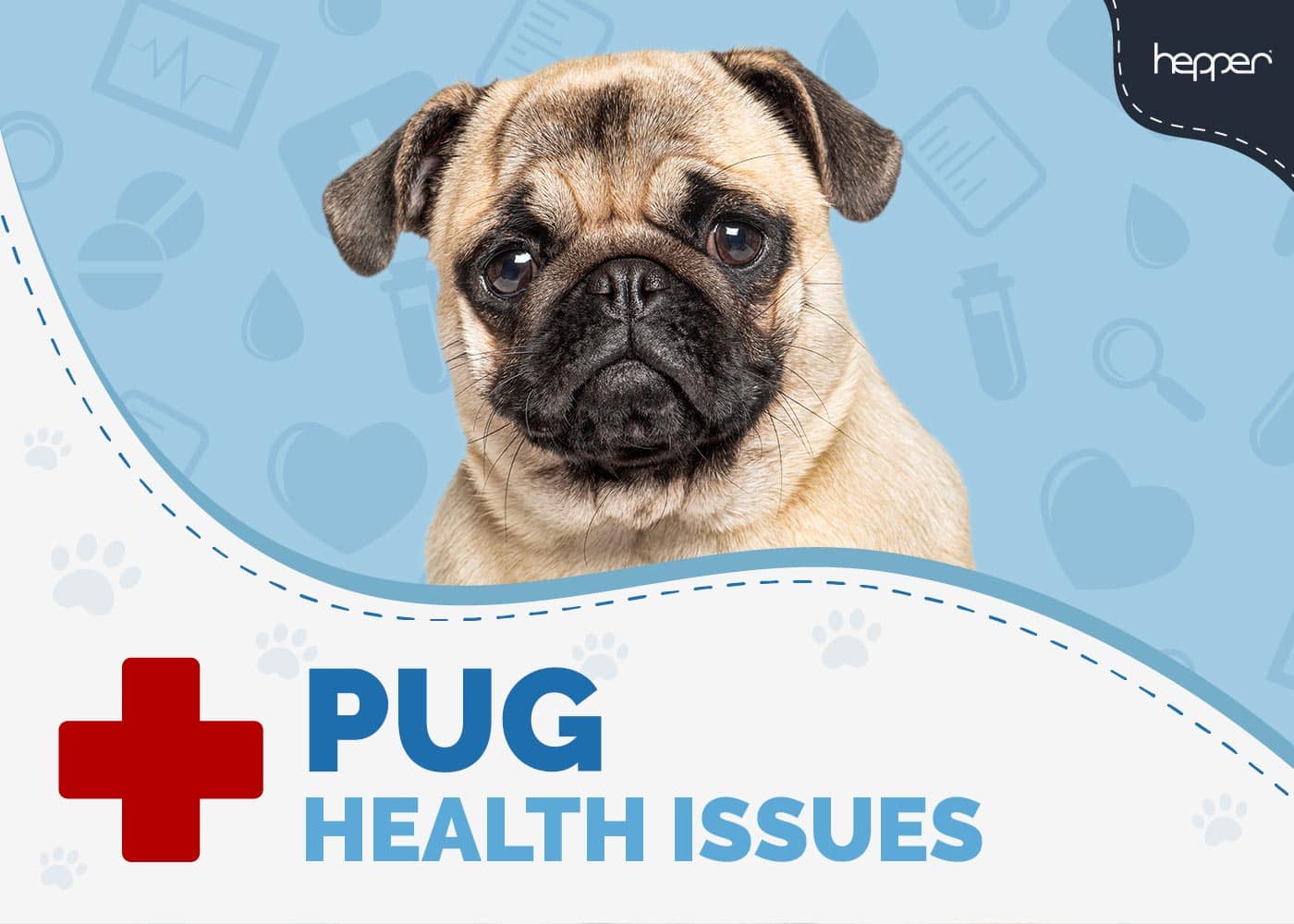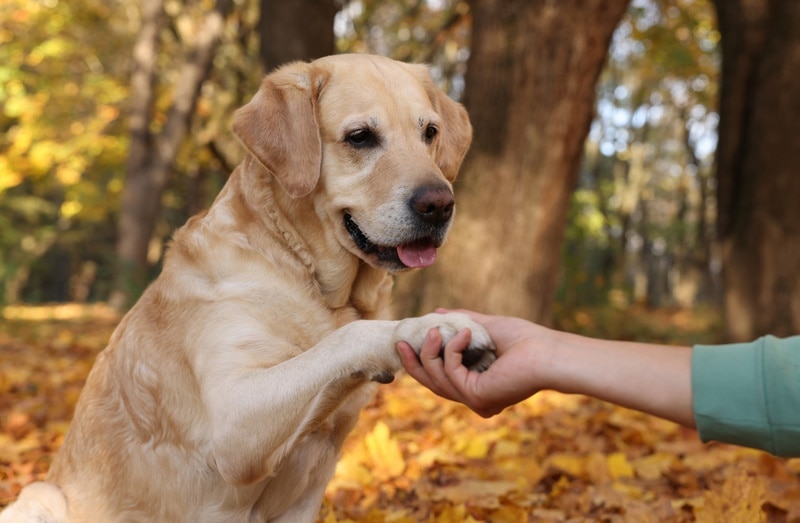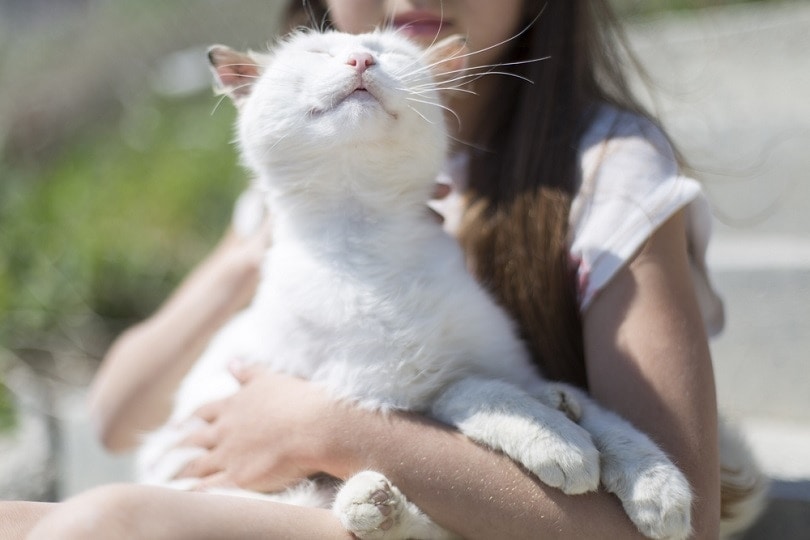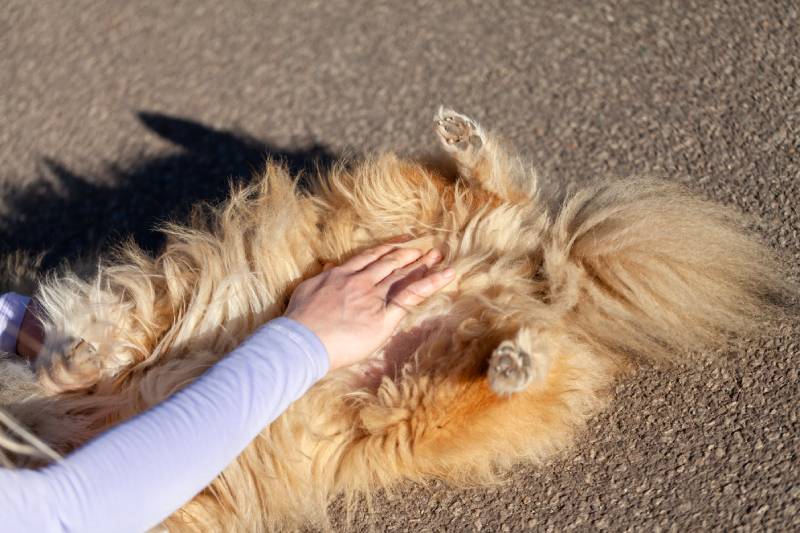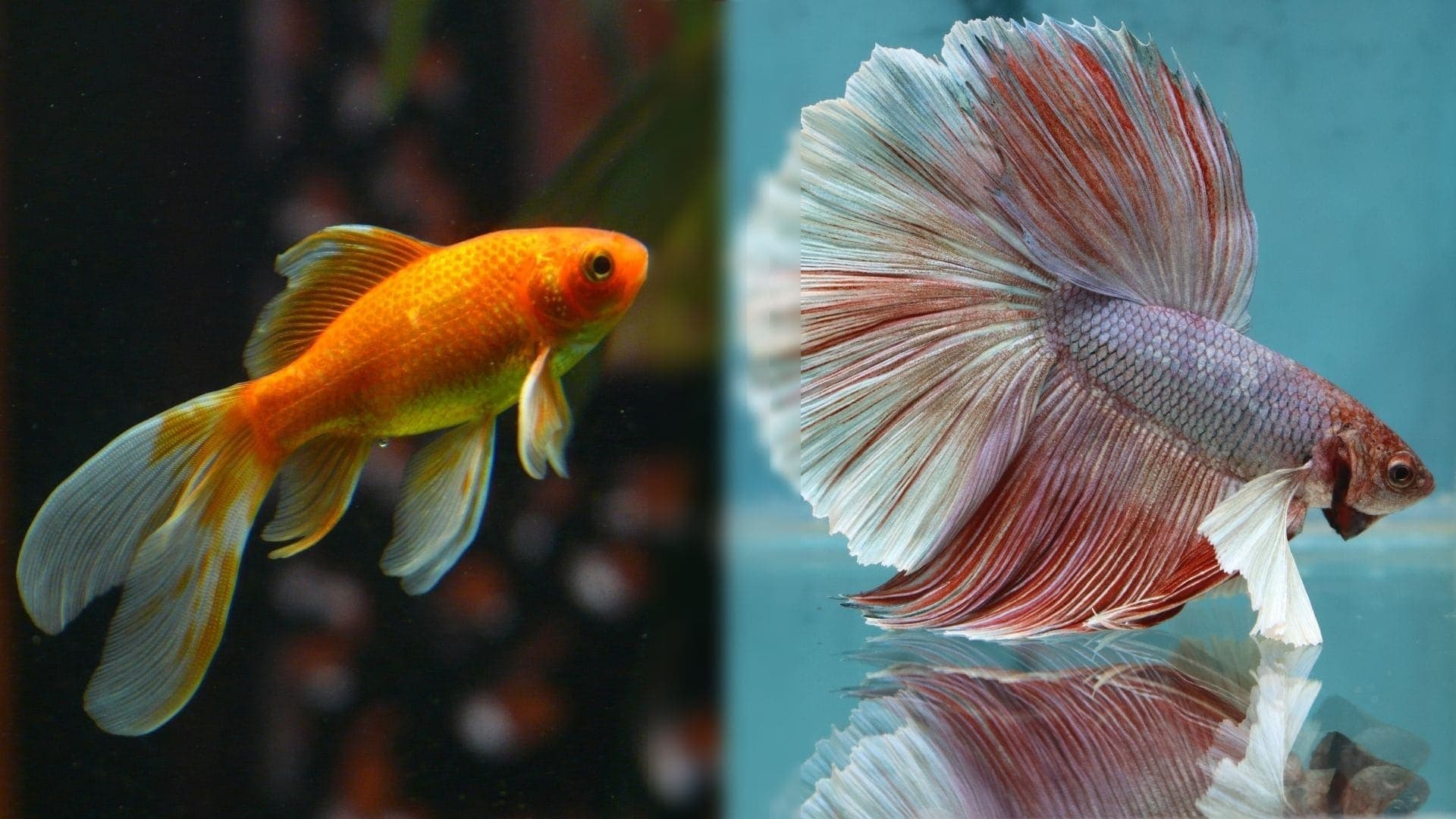What Do Cataracts Look Like in Dogs? 10 Vet-Reviewed Ways to Identify Cataracts
Updated on
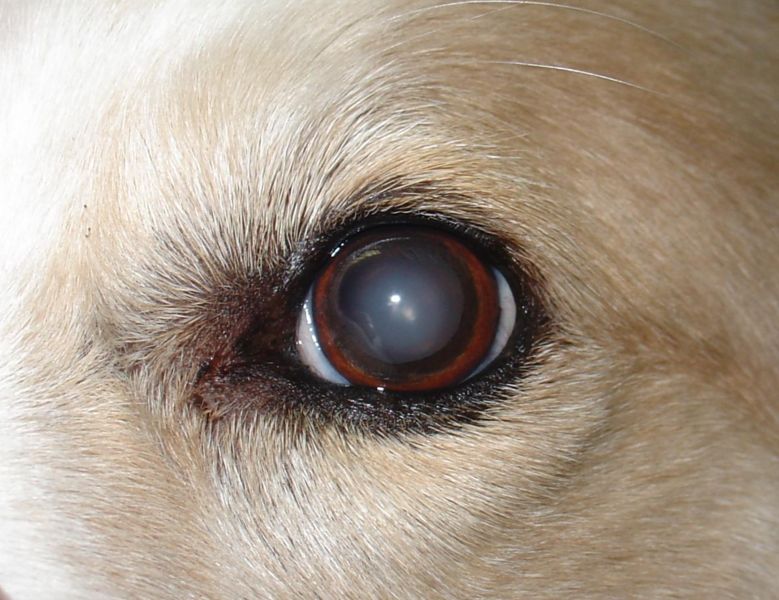
Dogs’ eyes are similar in many ways to our own. While dogs don’t see colors the same way that we do, their eyes have corneas, pupils, lenses, and retinas just as we do. The similarity of a dog’s eye structure means they can develop many of the same eye diseases that humans can, including cataracts.
Cataracts can make your dog’s eyes appear cloudy and are caused by increased density in the lens of the eye. These areas progressively take over more surface area of the lens, eventually causing blindness. It’s important to recognize and treat cataracts as soon as possible to preserve vision. Knowing the signs of cataracts in dogs enables you to take corrective action as soon as possible and get your dog the necessary treatment.
 How to Identify Cataracts in Dogs
How to Identify Cataracts in Dogs
Dogs that have cataracts show signs of sight loss and appear to have cloudy eyes. One or both eyes may be affected. There are also health conditions that may predispose your dog to develop cataracts.
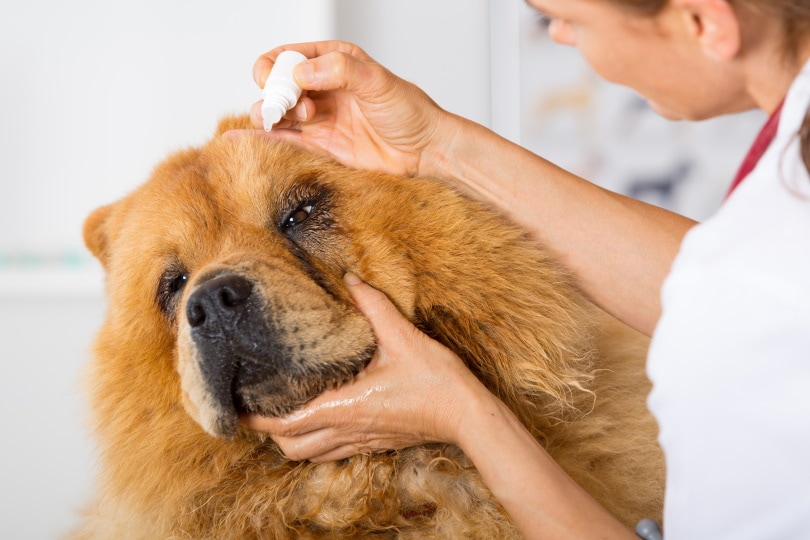
The 10 Signs of Cataracts and Vision Loss in Dogs
Any of the symptoms listed here, combined with a cloudy appearance to your dog’s eye, may indicate the presence of cataracts.
1. Clouding
You may notice that in a certain light your dog’s eyes look cloudy. Sometimes the pupil is no longer black but milky white. Not all clouding of the eyes in dogs is cataract so it is important to get a diagnosis from a vet.

2. Bumping into things
Bumping into walls, door frames, or furniture is a sign that your dog can’t see where they’re going.
3. Difficulty finding food and water
One of the first indications of vision loss is when a dog can’t find their food and water bowls.
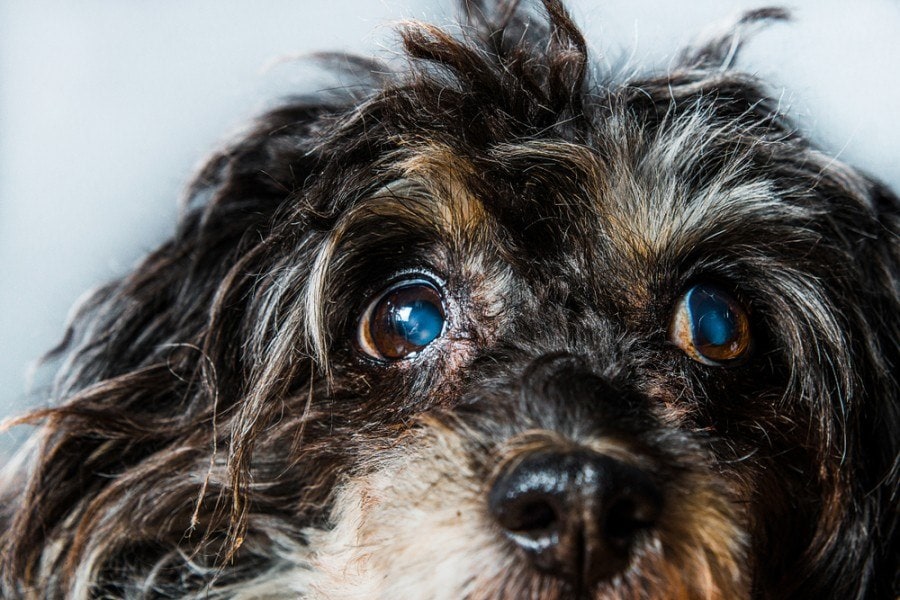
4. Hesitation at using stairs
Dogs that can’t see well will avoid using stairs due to the risk of falling. Some dogs avoid stairs all the time, though, so this is only an indication of vision loss if your dog previously used the stairs regularly.
5. Walking with their nose to the ground
When dogs lose their vision, they use their other senses to compensate. If you notice that your dog is walking with their nose to the ground more often than not, this can be an indication that they are using smell to “see” rather than their eyes.

6. Barking at inanimate objects
When dogs develop cataracts, they also lose their ability to detect motion. If your dog usually only barks at things that move, but you find them barking at non-moving objects, like bookshelves or plants, it could indicate vision loss.
7. Flinching when you pet near their heads
Dogs with cataracts can experience sensitivity near their heads as they don’t see you approaching. You may find that your dog starts flinching or seeming surprised when you touch them near their eyes.
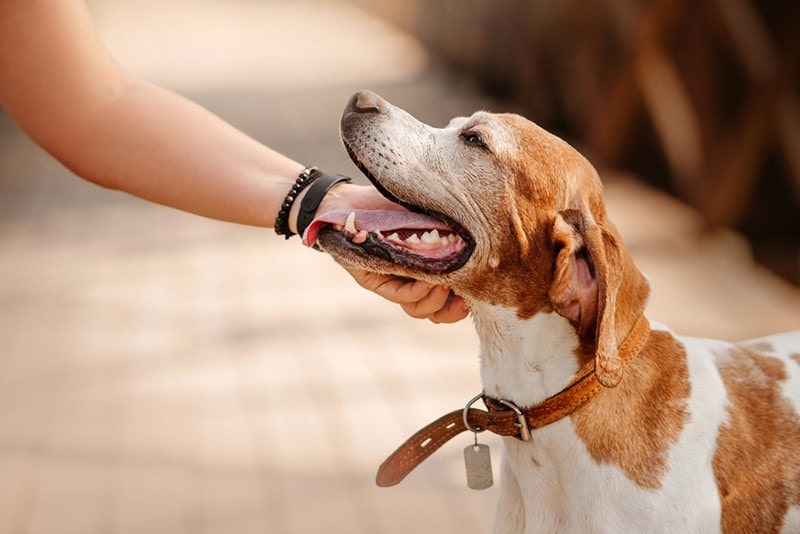
8. Difficulty finding toys or treats
If you toss a treat or toy to your dog and they have trouble finding it, this can indicate vision loss.
9. Losing you on a walk
If your elderly pet is allowed off lead they may find it harder to make their way back to you, especially if they are also experiencing hearing loss too. If this is the case consider a long line instead of off lead walking.
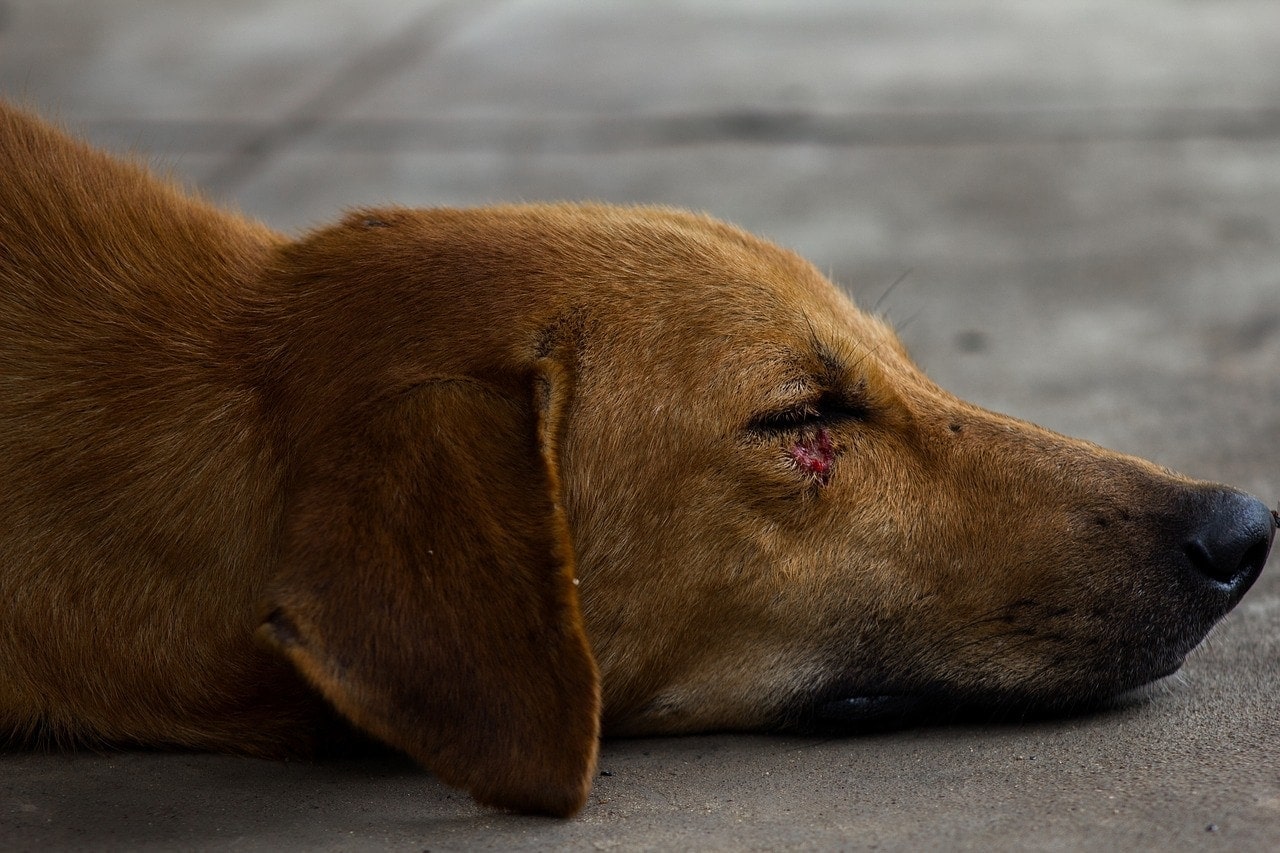
10. Increased anxiety, particularly in low light conditions
If you find that your dog suddenly becomes anxious in the dark or low-light conditions, it may be an indication that they can’t see well. The inability to navigate their environment creates an anxiety response in some dogs.
While these signs and symptoms are indications of vision loss, there can be a variety of causes in addition to cataracts. It’s important to consult with your veterinarian for a proper diagnosis.
Common Causes of Cataracts in Dogs
Several factors can contribute to your dog developing cataracts.
1. Diabetes
Blood sugar abnormalities from diabetes are the leading cause of cataracts and blindness in both dogs and humans. Dogs with diabetes have a 75% chance of developing cataracts, and 75% of dogs that develop cataracts will lose their vision within 6–12 months.
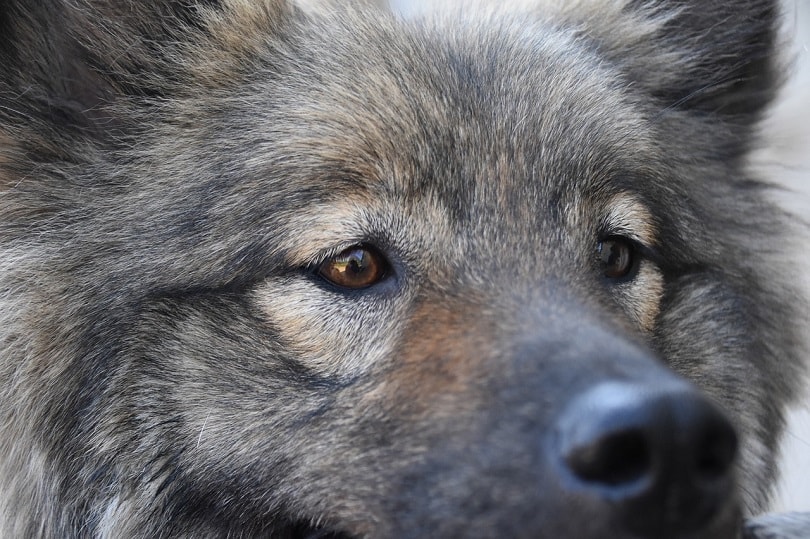
2. Aging
Like cataracts, vision-related problems become more common in dogs as they age. Other age-related health conditions can also place your dog at a higher risk for developing cataracts.
3. Nutritional Imbalance
Nutrient imbalances can cause cataracts to develop in puppies in their first few weeks of life. Fortunately, nutritional cataracts don’t usually result in significant vision loss.
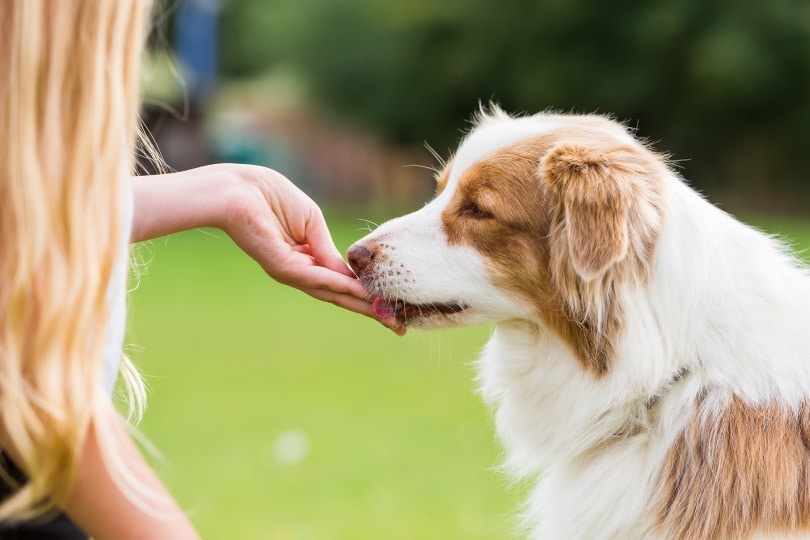
4. Trauma
Dogs love to run and play outdoors, but sometimes, this results in injuries to their eyes. Eye trauma can lead to inflammation within the eye. If left untreated, this can cause the development of cataracts. It is important to see your veterinarian immediately if your dog experiences eye trauma.
How Are Cataracts Diagnosed in Dogs?
Only a veterinarian can accurately diagnose cataracts. They will examine your dog’s eyeball closely with an ophthalmoscope looking for changes and may do blood tests to determine if your dog has underlying conditions.
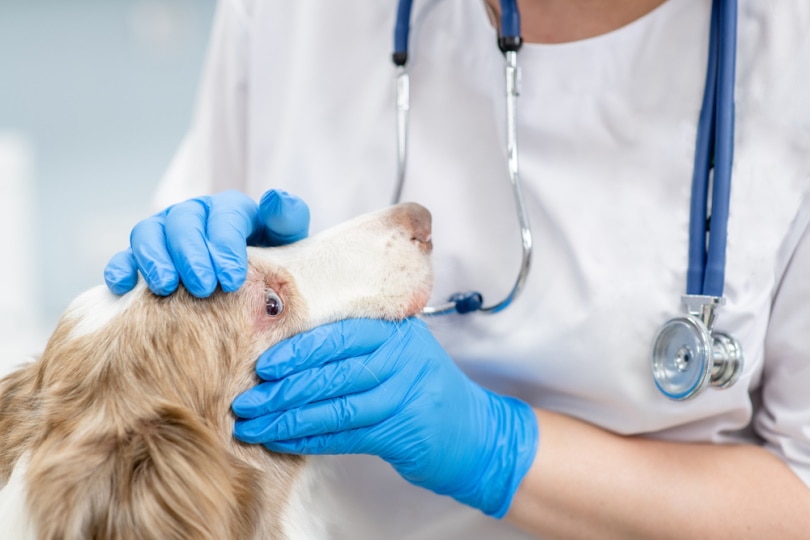
What Can I Do to Preserve My Dog’s Vision?
- Regularly examine your dog’s eyes.
- Have a vet examine your dog if their eyes appear cloudy.
- Visit the vet if you suspect that your dog is experiencing vision problems.
- Properly treat any underlying medical conditions that your dog has.
- Help them maintain a healthy lifestyle and body weight.
- Incorporate antioxidant supplements to promote eye health.
- Keep your dog active.
- Schedule annual eye exams, especially as your dog ages.
- Protect your dogs eyes from sun, wind and debris with goggles
- Have an eye trauma treated immediately.
How Are Cataracts Treated?
The goal of cataracts treatment is to retain functional vision. There aren’t any known treatments to reverse cataracts — the only option for removing them is surgery.
Cataract surgery is done under general anesthesia by a specialist veterinarian. The lens of the eye is removed and replaced with an acrylic or plastic lens.
 Conclusion
Conclusion
Cataracts are a white clouding density of the lens of the eye that leads to vision loss. The prognosis depends on the severity and speed of deterioration of the condition. Some dogs are candidates for cataract surgery to regain vision. If you notice your dog experiencing signs of vision loss, it is important to take them to see your veterinarian for a full eye exam as soon as possible.
Featured Image Credit: Pauline Loroy, Unsplash
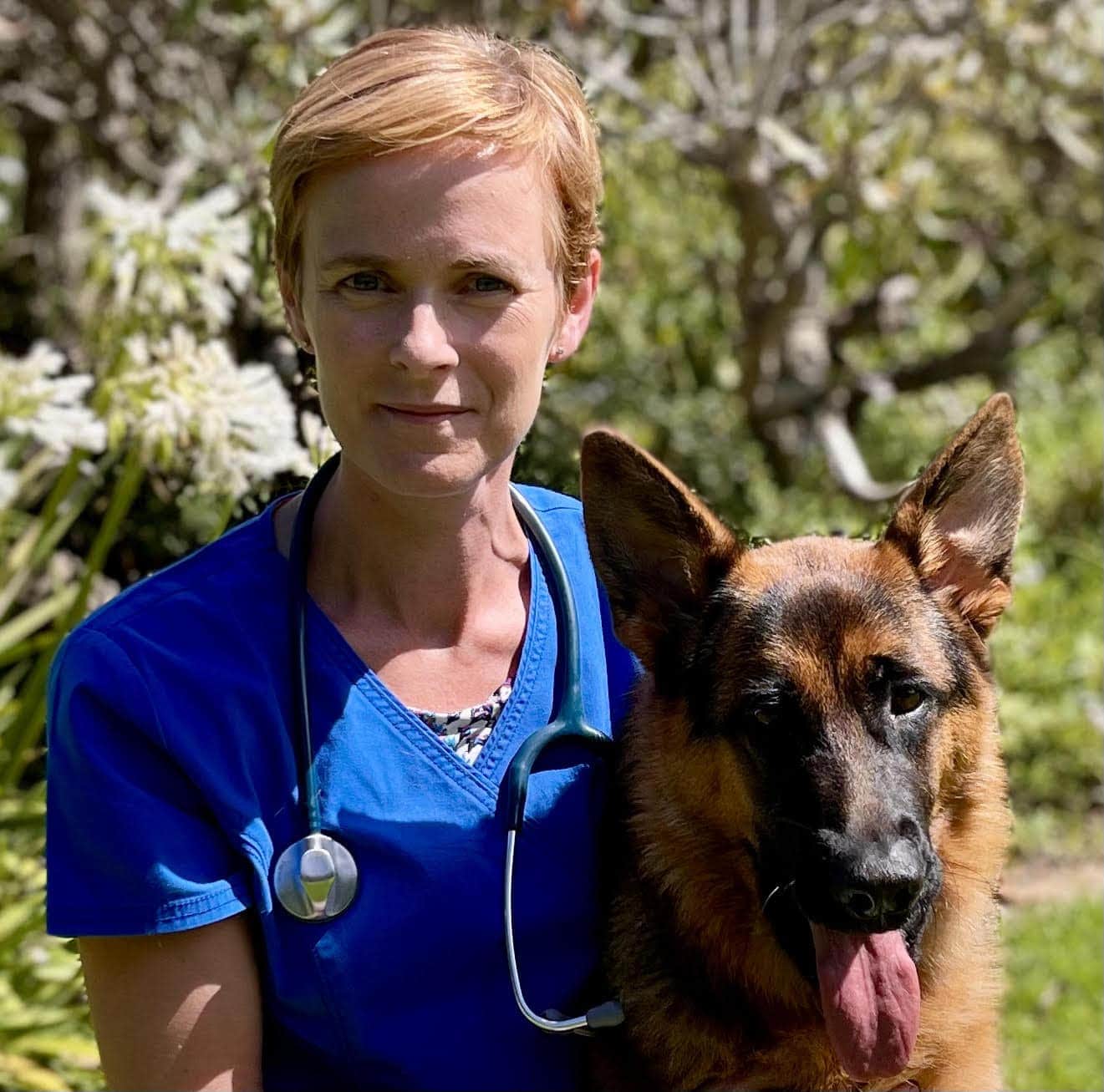
 How to Identify Cataracts in Dogs
How to Identify Cataracts in Dogs


